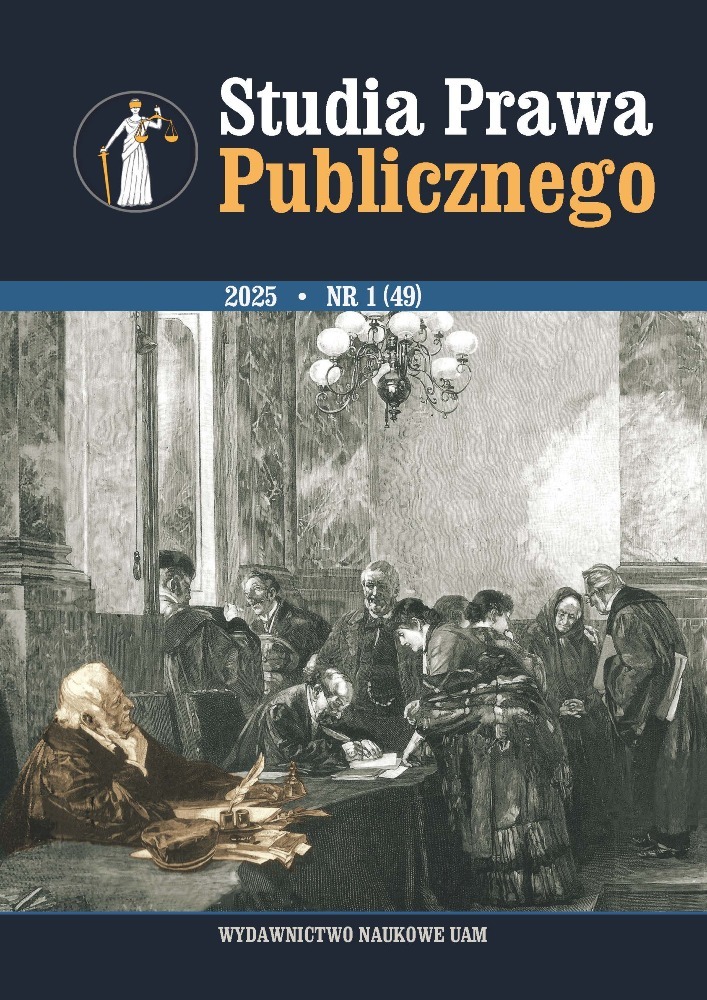Abstract
This article advocates redefining the lawyer’s role as a conflict manager, shifting from adversarial approaches to interest-based, consensual conflict resolution. Although litigation remains the norm, alternative dispute resolution (ADR), especially mediation, offers significant benefits that are often underutilized. Lawyers can act as advisors, guiding clients to select and engage in ADR processes tailored to their needs, or as mediators, facilitating neutral, self-determined outcomes.
The article examines key ADR methods, including mediation, collaborative practice, and procedural hybrids like med-arb, highlighting their applications, advantages and challenges. Special emphasis is placed on the lawyer’s dual role: advising clients during ADR proceedings and serving as a neutral third party in mediation. Preparation, confidentiality and risk analysis are central to the lawyer’s responsibilities in ensuring effective mediation outcomes.
Additionally, the article addresses the professional and ethical considerations for lawyers acting as mediators, including adherence to legal standards and avoidance of conflicts of interest. It argues that adopting a conflict-management approach not only aligns with legal professional standards but also enhances client satisfaction and outcomes by prioritizing efficient, amicable solutions over confrontational disputes.
By integrating conflict management into legal practice, lawyers can expand their professional scope, offering valuable alternatives that promote long-term cooperation and resolution beyond the courtroom.
References
Bauckmann M., Anwaltliches Berufsrecht und Mediation, in: Praxishandbuch professionelle Mediation, eds. S. Kracht, A. Niedostadek, P. Sensburg, Berlin 2023, pp. 155–164. DOI: https://doi.org/10.1007/978-3-662-49640-4_10
Daube M., Cooperative Praxis, “Die Mediation” 2023, pp. 71–73.
Duve C., Eidenmüller H., Hacke A., Fries M., Mediation in der Wirtschaft, 3rd ed., Köln 2019.
Erdmann G., Anwaltliche Vergleichsvermittlung, in: Handbuch Mediationsrecht, eds. R. Fritz, D. Pielsticker, 3rd ed., Hürth 2024, pp. 1064–1068.
Friedrichsmeier H., Hammann H., Der Rechtsanwalt als Mediator, in: Handbuch Mediation, eds. F. Haft, K. von Schlieffen, 3rd ed., München 2016, pp. 1123–1140.
Fritz R., Besondere Formen: Shuttle-Mediation, in: Handbuch Mediationsrecht, eds. R. Fritz, D. Pielsticker, 3rd ed., Hürth 2024, pp. 817–824.
Fritz R., Einführung in die Mediation im öffentlichen Bereich, in: Praxishandbuch professionelle Mediation, eds. S. Kracht, A. Niedostadek, P. Sensburg, Berlin 2023, pp. 733–738. DOI: https://doi.org/10.1007/978-3-662-49640-4_53
Fritz R., Kommentierung § 278 ZPO, in: Handbuch Mediationsrecht, eds. R. Fritz, D. Pielsticker, 3rd ed., Hürth 2024, pp. 267–294.
Fritz R., Mediation, in: Verwaltungsrecht, eds. L. Eiding, J. Hofmann-Hoeppel, 3rd ed., Baden-Baden 2022, pp. 309–336.
Fritz R., Zusammenfassende Darstellung alternativer Konfliktbeilegungsmethoden im Überblick, in: Handbuch Mediationsrecht, eds. R. Fritz, D. Pielsticker, 3rd ed., Hürth 2024, pp. 931–945.
Fritz R., Etscheit N., Bedeutung und Methodik der Mediation, in: Handbuch Mediationsrecht, eds. R. Fritz, D. Pielsticker, 3rd ed., Hürth 2024, pp. 734–766.
Greger R., Kommentierung § 2 MediationsG, in: Recht der alternativen Konfliktlöösung, eds. R. Greger, H. Unberath, F. Steffek, 2nd ed., München 2016, pp. 73–152.
Hacke A., Die Abschlussvereinbarung, in: Mediationsrecht, eds. H. Eidenmüller, G. Wagner, Köln 2015, pp. 198–246.
Hacke A., Mediationsbegleitung durch Rechtsanwälte, in: Mediationsgesetz, eds. J. Klowait, U. Gläßer, 2nd ed., Baden-Baden 2018, pp. 812–843.
Kracht S., Die Verschwiegenheit des Mediators, in: Praxishandbuch professionelle Mediation, eds. S. Kracht, A. Niedostadek, P. Sensburg, Berlin 2023, pp. 95–106. DOI: https://doi.org/10.1007/978-3-662-49640-4_6
Lapp T., Außergerichtliche Streitbeilegung, “Anwaltsblatt” 2024, no. 1, pp. 64–66.
Lefèvre J., Eine explorative Untersuchung der anwaltlichen Beratungshilfe, Das Berufsbild des Rechtsanwalts und seine Pflicht aus § 49 a Abs. 1 BRAO als Instrument der Sicherung des gleichen Zugangs zum Recht in Recht und Praxis, Berlin 2024. DOI: https://doi.org/10.3790/978-3-428-59147-3
Lembcke M., Adjudikation, in: Handbuch Mediationsrecht, eds. R. Fritz, D. Pielsticker, 3rd ed., Hürth 2024, pp. 1115–1127.
Lembcke M., Schiedsgutachten, in: Handbuch Mediationsrecht, eds. R. Fritz, D. Pielsticker, 3rd ed., Hürth 2024, pp. 1169–1196.
Lembcke M., Schlichtung, in: Handbuch Mediationsrecht, eds. R. Fritz, D. Pielsticker, 3rd ed., Hürth 2024, pp. 1105–1114.
Löggering M., Schiedsgerichtsbarkeit, in: Handbuch Mediationsrecht, eds. R. Fritz, D. Pielsticker, 3rd ed., Hürth 2024, pp. 1128–1168.
Mattioli M., Mediation in der anwaltlichen Praxis, Frankfurt am Main 2012.
May A., § 13 Andere Verfahren einvernehmlicher Konfliktlösung, in: Mediation in der Praxis des Anwalts, eds. F. Schmidt, T. Lapp, A. May, 2nd ed., München 2022, pp. 353–358.
May A., § 16 Schiedsverfahren, in: Mediation in der Praxis des Anwalts, eds. F. Schmidt, T. Lapp, A. May, 2nd ed., München 2022, pp. 373–376.
Pielsticker D., Kommentierung § 2 MediationsG, in: Handbuch Mediationsrecht, eds. R. Fritz, D. Pielsticker, 3rd ed., Hürth 2024, pp. 70–139.
Ponschab R., Der Anwaltsmediator, in: Praxishandbuch professionelle Mediation, eds. S. Kracht, A. Niedostadek, P. Sensburg, Berlin 2023, pp. 817–834. DOI: https://doi.org/10.1007/978-3-662-49640-4_59
Risse J., Wirtschaftsmediation, 2nd ed., München 2022.
Schneider-Koslowski B., Cooperative Praxis – CP, in: Handbuch Mediationsrecht, eds. R. Fritz, D. Pielsticker, 3rd ed., Hürth 2024, pp. 1069–1104.
Schömig T., Prozessrisikoanalyse, in: Praxishandbuch Güterichterverfahren, ed. F. Schreiber, Norderstedt 2022, pp. 131–142.
Schroeder H.-P., Anwendungsbereiche der Mediation: Zivilrecht, Anwendungsbereiche der Mediation: Öffentliches Recht, in: Handbuch Mediationsrecht, eds. R. Fritz, D. Pielsticker, 3rd ed., Hürth 2024, pp. 869–924.
Schroeder H.-P., Lerch M.P., Interessengerechtes anwaltliches Konfliktmanagement für Unternehmen, “ZIP” 2024, vol. 45, no. 25–26, pp. 1428–1437.
License
Copyright (c) 2025 Roland Fritz, Julia Lefèvre

This work is licensed under a Creative Commons Attribution-NoDerivatives 4.0 International License.

